As device miniaturization and multi-functionality evolve, the relationship between filter clogging and slow charging has become an unexpected but critical concern in the design and manufacturing of consumer electronics, especially in portable and rechargeable devices like electric toothbrushes, water flossers, and personal grooming tools. But how exactly does a clogged filter impact the charging efficiency of such devices, and what measures should manufacturers adopt to avoid this problem?
Filter clogging typically refers to the obstruction of air, moisture, or dust filters within electronic devices. These filters are designed to:
However, when these filters are neglected or poorly designed, accumulated contaminants restrict airflow or moisture control, creating conditions that interfere with charging speed and performance.
Though rarely considered, filter clogging can indirectly result in slow charging due to several technical reasons:
Thus, what begins as a minor filtration problem can escalate into a major charging performance issue.
Certain product design shortcomings can make a device more prone to filter clogging:
These vulnerabilities not only promote clogging but also reduce the device’s lifespan and user satisfaction. Company web:https://www.powsmart.com/product/electric-toothbrush/
In addition to design flaws, user habits and environmental factors play a role:
For rechargeable personal care devices, these risks are especially pronounced due to their daily, close-contact use.
To mitigate the effects of filter clogging and avoid slow charging, manufacturers should consider:
These improvements can significantly reduce the occurrence of slow charging caused by clogged filters.
Looking forward, manufacturers can further improve product reliability through:
These advancements will help ensure that devices perform optimally even in demanding usage scenarios.
In conclusion, while filter clogging may appear as a minor mechanical issue, its impact on slow charging reveals a larger problem that demands attention from both product designers and users. By addressing this link proactively, manufacturers can deliver safer, more reliable, and more efficient rechargeable devices, thereby enhancing customer trust and market competitiveness. Contact us
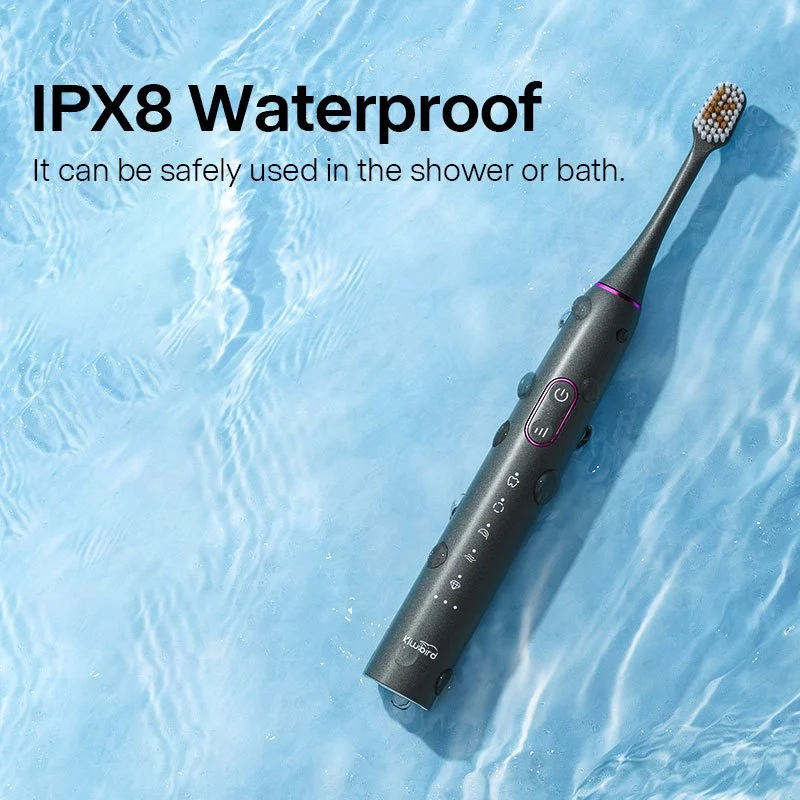
Whitening Mode USB-C Toothbrush OEM | Rechargeable Sonic Solutions
Mode Glitches During Calibration Drift – What’s Really Happening?
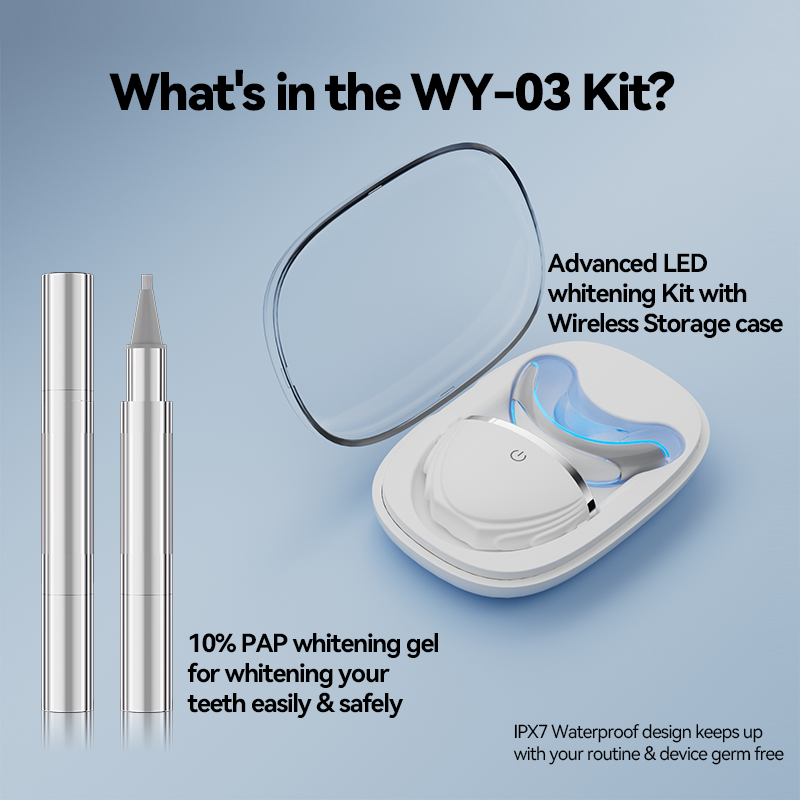
What Gives Some Teeth Whitening Devices Competitive advantage?
Professional Whitening Electric Toothbrush Supplier | Advanced LED Oral Care by Powsmart
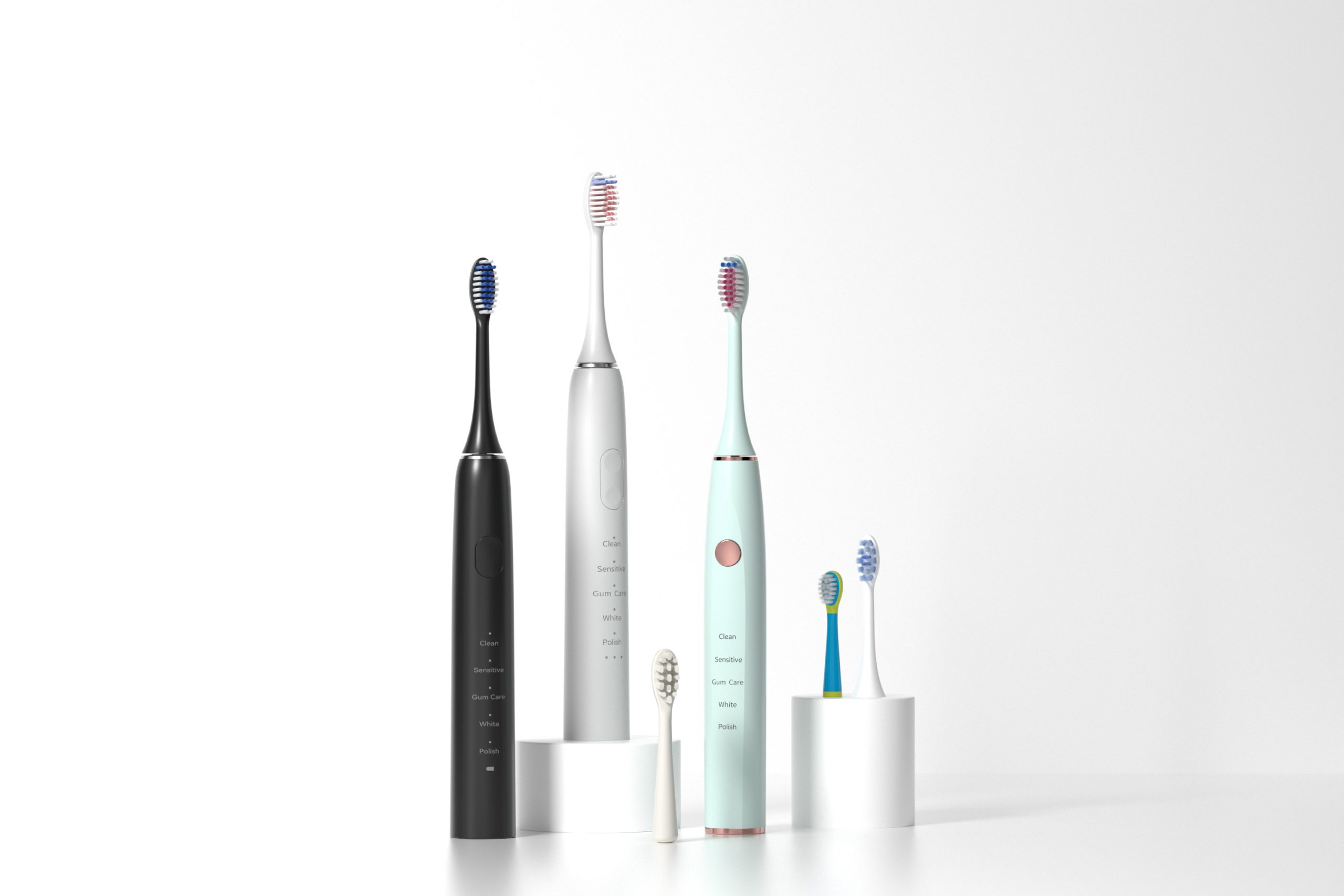
Troubleshooting Electric Toothbrush Problems: A Guide for Brands & Factories
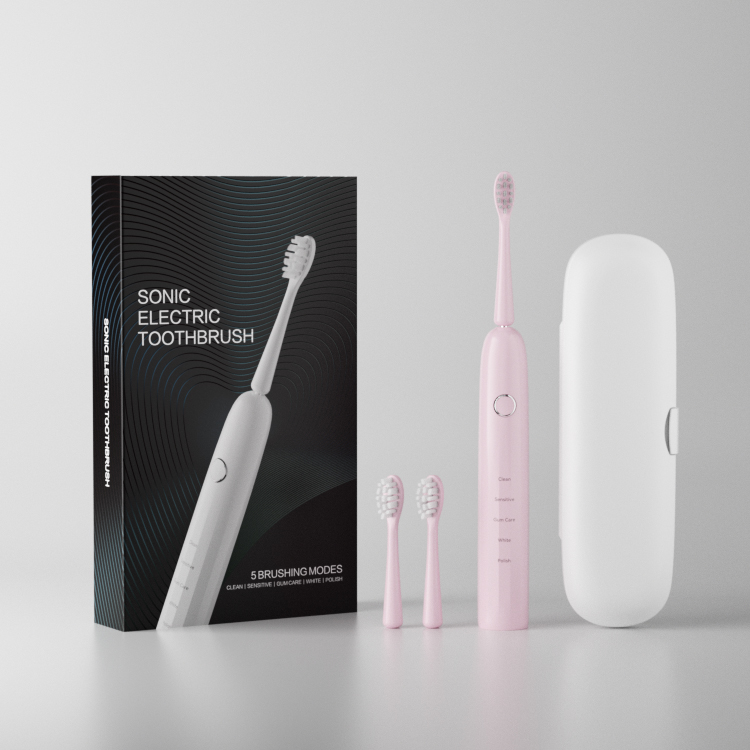
Seeking a Toothbrush for Dental Clinics Produced by an ISO13485 Electric Toothbrush Factory?
.jpg)
Electric Toothbrush Cleaning Performance: The Differences Among Different Electric Toothbrush Factories

Can a Long Battery Life Toothbrush Attract Global Buyers with Multi-language Manual Customization?
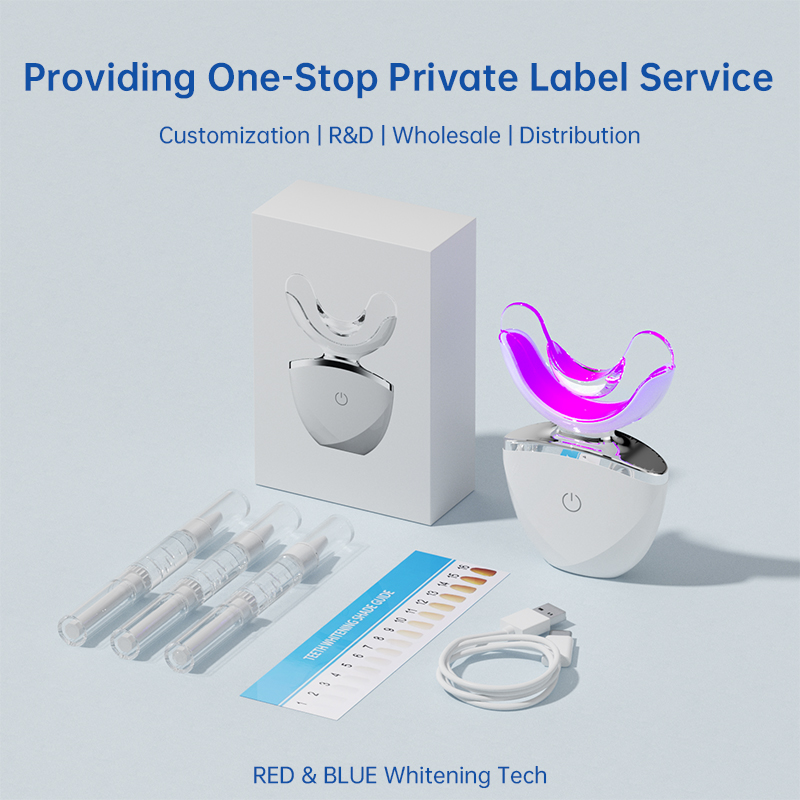
Market Access Made Simple: Understanding Regulations for Your OEM Whitening Kits
Electric Toothbrush Ecommerce Bundle Wholesale | Complete Oral Care Sets
Hose Rupture and Gum Discomfort – Related?
Tank Scaling Causing Part Incompatibility?
Fast-Charge Electric Toothbrush OEM | Rapid Charging & Global Standards
Gasket Mold Plus Bacterial Regrowth – Health Hazard?
Blue vs Red Light for Teeth Whitening: Choosing the Right OEM Technology
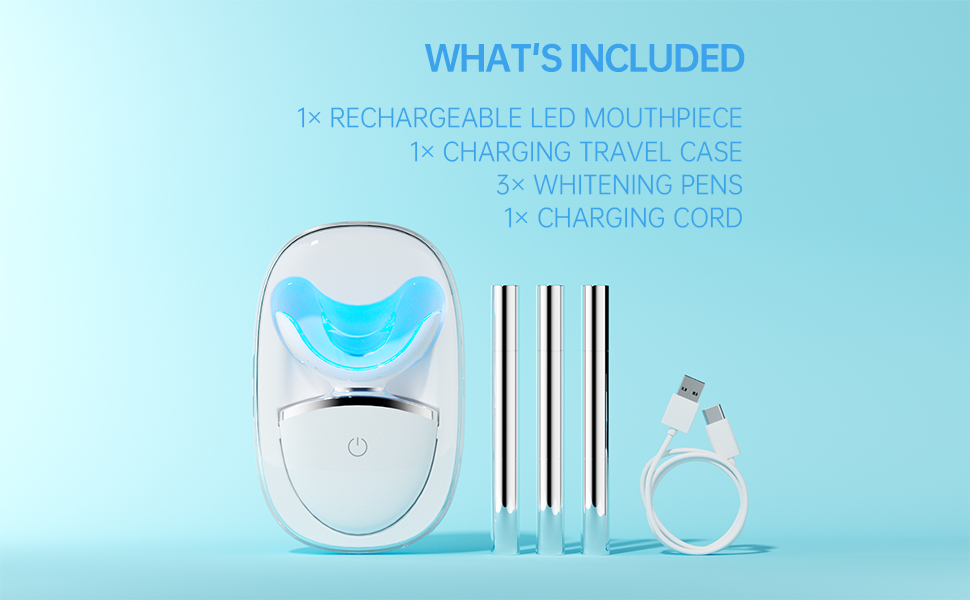
How Do Salons Do the Whitening Teeth Products Business? An OEM Supplier’s Insight

electric toothbrush heads Charcoal Infuse-Round

Customization Teeth Whitening Gel

Electric toothbrush heads Charcoal Infused-Diamond

Private Label Whitening Gel
.jpg)
Florida Electric Toothbrush – Powsmart PTR-C8

electric toothbrush heads Deep Clean

electric toothbrush heads Ultra Soft

electric toothbrush heads Regular Clean
whstapp
whstapp
National Toll-Free Service Hotline
+86 755 86238638